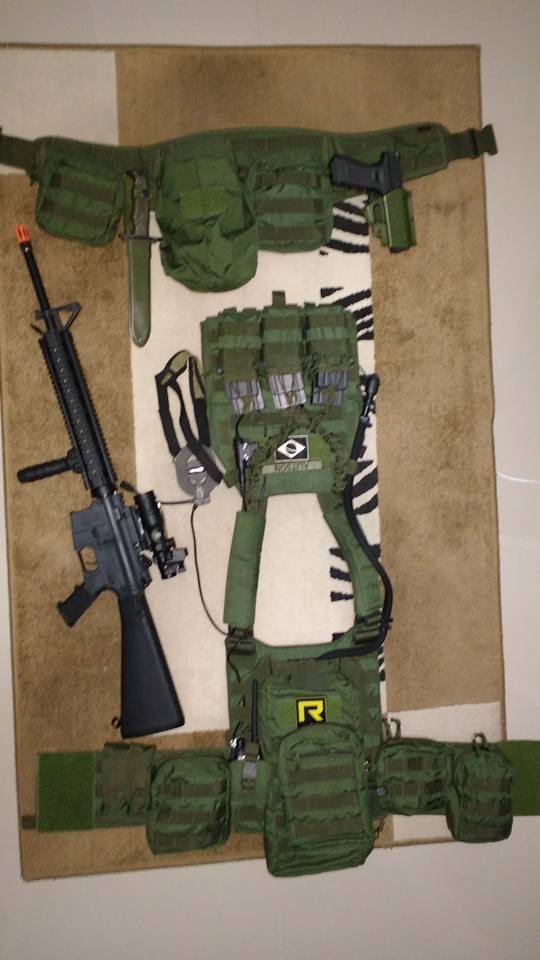Alcantara escreveu:faterra escreveu:Se algum forista entender alemão e tiver paciência pode traduzir. A única coisa que consegui entender é "Pantsir".
Moleza!!! Era para o Eins traduzir, mas como ele "moscou"...

faterra escreveu:A FAB tem alguma intenção em modernizá-los, trocando inclusive seus motores por outros mais modernos?
A FAB tem (tinha?) a intenção de modernizar os KC-137, o que incluía a troca os motores Pratt & Whitney JT3D pelos bem mais modernos e economicos JT8D-219, já em testes no Boeing 707-RE (Re-engined)
 Being The Best When It Matters The Omega Boeing 707 Re-engined Aircraft
Being The Best When It Matters The Omega Boeing 707 Re-engined AircraftIn direct response to a need within the aerospace industry for an engine capable of updating Boeing aircraft, Seven Q Seven was formed by Omega Air and Edward Swearingen in 1996. The company developed the concept, engineered the design and procured the partners needed. Those partners were Pratt & Whitney, B.F. Goodrich and Nordam.
Seven Q Seven, a fully owned subsidiary of Omega Air, is located in San Antonio, Texas. There, under the direction of Edward Swearingen, extensive research identified the combination of a Pratt & Whitney engine, Nordam struts and a B.F. Goodrich manufactured nacelle as being the ideal combination to meet the B707 re-engining requirement.
The JT8D-219 engine was selected above the CFM56, V2500 and BR715 as it offered the following advantages:

No major wing modifications required

Original pylons replaced by new pylons

Cost is 30% to 40% less

Range increased by up to 30% by a combination of climb thrust, specific fuel consumption and increased long range cruise speed

Infra red signature is less than 1/10 of that of other engines

Engine maintenance costs lowest in the industry

Long-range cruise speed is 5% greater than all other engines with zero fuel penalty.
In August 2001 successful test flights were completed on a fully re-engined prototype. As a result FAA Certification in the form of a Supplemental Type Certificate is expected during the second half of 2002. B707 owners will then have an FAA certified option that will offer substantial savings over aircraft replacement. Apart from the obvious military market, operators of B707 freighter aircraft will be able to continue using these aircraft rather than investing in newer more costly equipment. The use of the JT8D-219 engine will give operators a minimum of 22% fuel saving as well as making the aircraft Stage 4 compliant.
The new operational features of the re-engined aircraft are:

Shorter take-off distance (up to 2,900 feet)

Steeper climb gradient (0·4 to 1·6%)

Higher service ceiling (up to 4,500 feet)

60% faster time to climb to 35,000 feet

Increased fuel offload (up to 87% increase)

48% more time on stations above 35,000 feet

Increased mission range (up to 62% higher)
 http://www.fuelbirds.com/sevenq7.html
http://www.fuelbirds.com/sevenq7.htmlTechnology updateRe-engining the Boeing 707 To enhance the economic benefits for Boeing 707 operators, the Seven Q Seven consortium is currently conducting a flight test program to certify the Pratt & Whitney JT8D-219 engine for the aircraft. The Seven Q Seven consortium is made up of Pratt & Whitney; Omega Air, which is providing financing; noted aircraft designer Ed Swearingen, who is supervising the technical aspects of the program; DER Engineering, which is coordinating the certification effort; BFGoodrich, which is integrating nacelle components, inlets, and reversers; and NORDAM, which is handling the cowl doors and struts. The consortium estimates that there are between 250 and 300 707 aircraft, which are candidates for this re-engining effort.
For the flight test program, the JT8D-219 engine was installed in the number one position of the 707 demonstrator, replacing the existing Pratt & Whitney JT3D/TF33 engine. According to Pratt & Whitney, this was the first time the JT8D-219 engine was flown in an under-wing position because it was originally developed for the MD-80, which features a fuselage-mounted configuration. Initial flight testing (over 20 h) demonstrated the engine's operability and compatibility with the 707. The next phase of the flight test program will entail another aircraft outfitted with three more JT8D-219 engines for full FAA certification to be completed by mid-2000.
The JT8D-219 engine, which is rated at 21,000 lb thrust, will provide a significant boost in power for the 707 while reducing fuel burn, operating and maintenance costs, and increasing range. The engine also meets all ICAO Stage III noise and emissions requirements.
http://www.sae.org/aeromag/techupdate/10-1999/10.htm
Vejam que sem grandes mudanças no
air frame (sobejamente conhecido pela FAB e pela VEM) a FAB conseguiria um grande aumento no desempenho da aeronave e uma redução considerável do consumo e da emissão de ruídos. E olha que este motor não é nem tão novo assim (eram usados nos MD-80) e provavelmente a sua relação ao custo / benefício deve ser bem interessante.
Um ponto que eu acho que merece uma certa reflexão é o fato de que, com o uso destes motores, não haveria grandes alterações na altura destes em relação ao solo, o que não ocorreria se fossem trocados pelos CFM 56, por exemplo. Acho que a FAB levou esse fator em consideração na sua escolha, afinal, ela utiliza os seus KC-137 muitas vezes em aeroportos secundários onde a estrutura de apoio não é a mesma de um grande aeroporto e a ocorrência de detritos na pista pode ser grande.
Bem, era isso. Agora, como a grana é curta...

Abraços!!!
![Cool 8-]](./images/smilies/icon_cool.gif)












